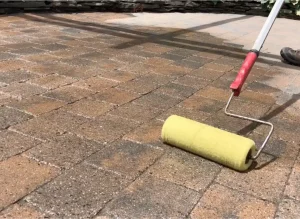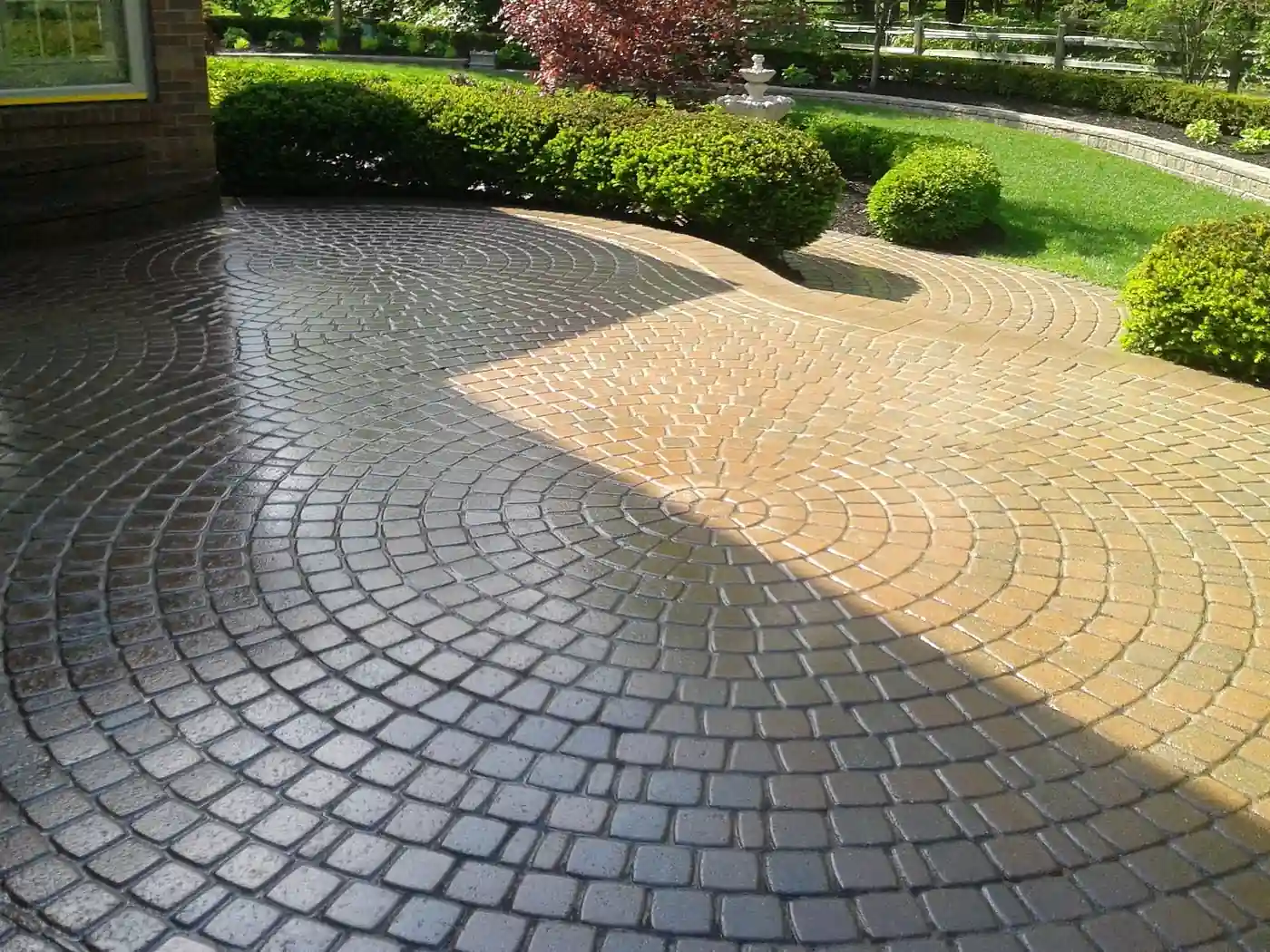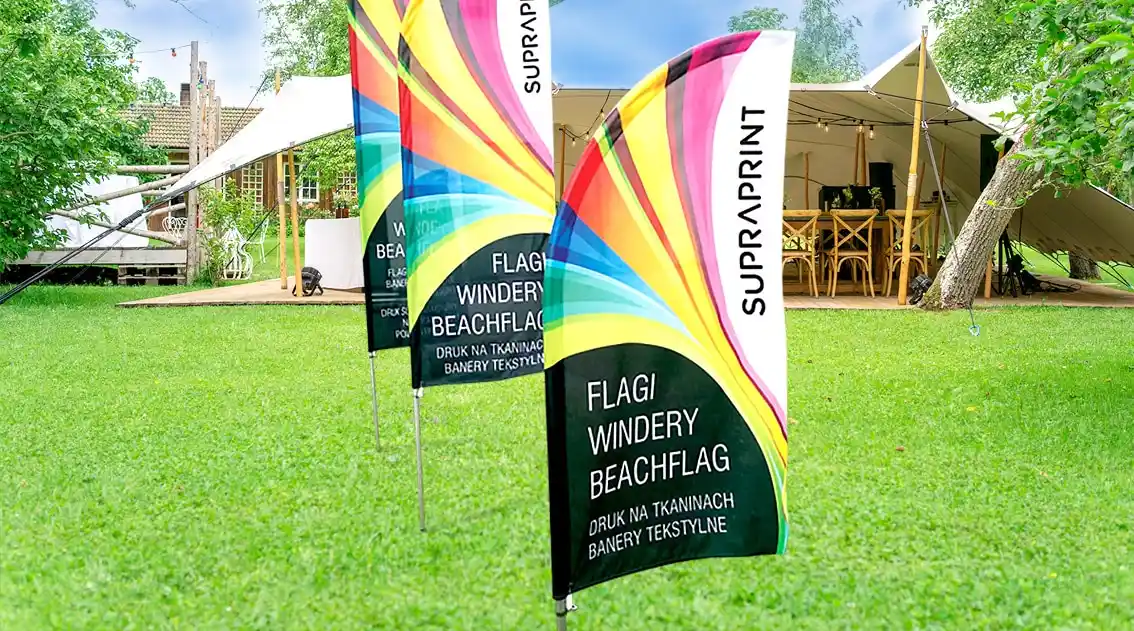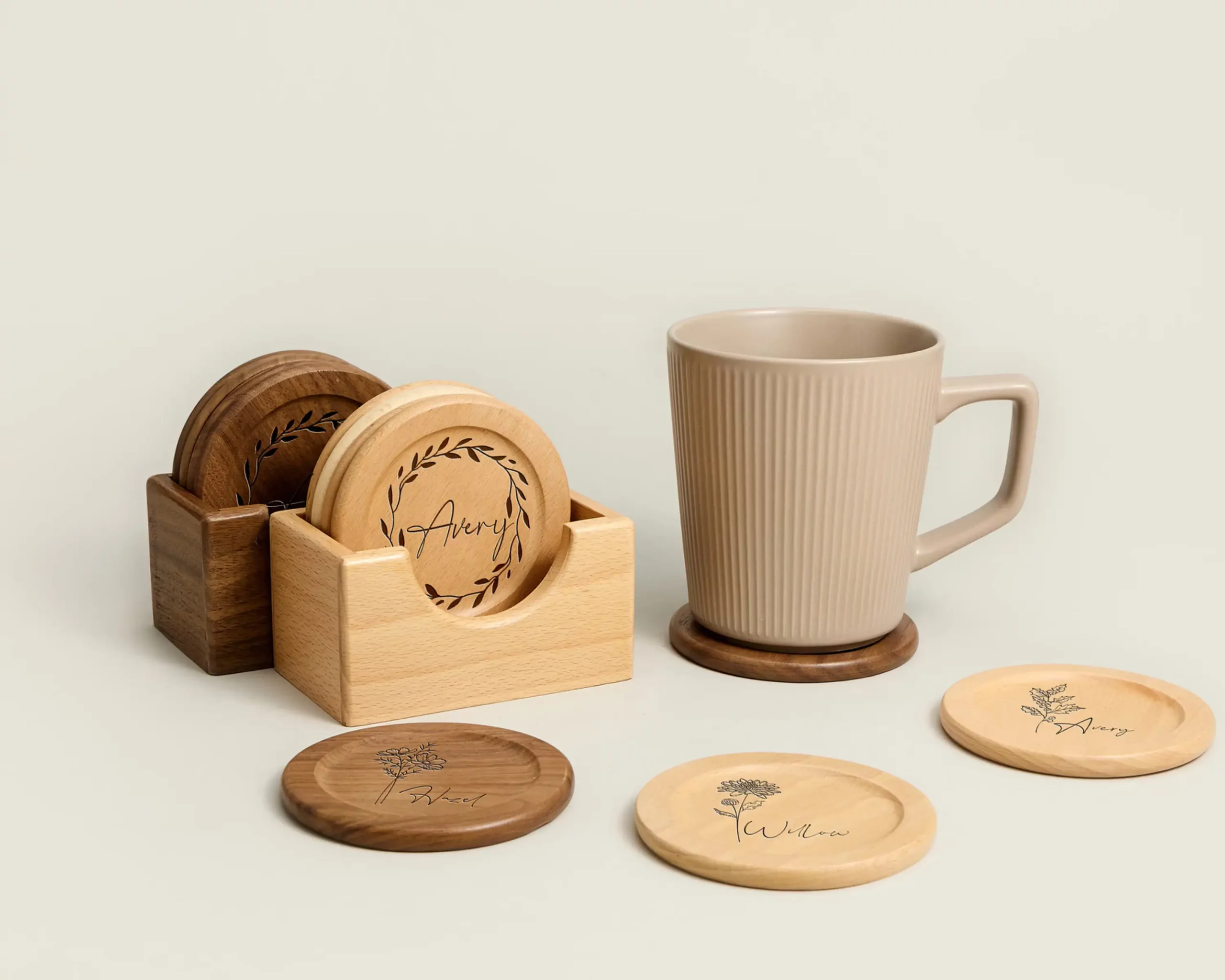Understanding how to seal pavers is essential for creating a stylish outdoor retreat that remains beautiful over time. This process not only protects the pavers from moisture and UV rays but also enhances their color, keeping your patio or pathway looking vibrant and new. Selecting the appropriate sealant is critical, as it must match the type of pavers and the specific environmental conditions they face. Additionally, the application process must be done carefully to ensure the sealant adheres properly and provides maximum protection. Poor execution can negatively impact the longevity and appearance of your outdoor space, making it crucial to follow best practices for sealing pavers effectively.
Key Takeaways
- Choose a sealant with UV protection and stain resistance to enhance paver durability and appearance.
- Clean pavers thoroughly and allow them to dry completely before sealing to ensure effective adhesion.
- Apply sealant evenly using a sprayer or roller for consistent coverage and aesthetic appeal.
- Allow the first coat to dry before applying a second layer, following the manufacturer’s instructions for best results.
- Maintain sealed pavers by sweeping debris and rinsing weekly, and reseal every 2-3 years to preserve beauty and protection.
Understanding Paver Sealing Benefits
While many homeowners focus on the aesthetic appeal of outdoor pavers, understanding the benefits of sealing these surfaces is essential for both preservation and enhancement. Sealed pavers resist stains, fading, and weather damage, ensuring durability and a lasting appeal. This protective measure not only maintains the pristine condition of your pavers but also fosters a welcoming outdoor environment for gathering and relaxation.
Choosing the Right Sealant
Selecting an appropriate sealant is a critical step in enhancing and protecting your outdoor pavers. Choose a product that balances durability with aesthetic appeal, ensuring it complements your space. Opt for sealants that offer UV protection and stain resistance to maintain vibrant color and texture. This choice fosters a sense of belonging by creating a welcoming, well-preserved environment for all who gather.
Preparing Pavers for Sealing
Preparing your pavers for sealing is an essential step in guaranteeing a long-lasting and visually appealing outdoor retreat.
- Clean thoroughly: Remove dirt, stains, and debris.
- Repair damage: Fix cracks or uneven areas.
- Dry completely: Guarantee no moisture is present.
- Test the sealant: Apply a small amount to check for color changes or incompatibility.
These steps will create a solid foundation for your sealing process.

Step-by-Step Sealing Process
Having prepared your pavers meticulously, it’s time to commence the sealing process to guarantee your outdoor space remains both beautiful and durable. Begin by evenly applying a high-quality sealer with a sprayer or roller, ensuring thorough coverage. Allow the first coat to dry completely before applying a second layer for maximum protection. This method not only enhances the aesthetic but also fortifies the pavers against weathering and stains.
Maintenance Tips Post-Sealing
Once your pavers are sealed, establishing a routine maintenance schedule is essential to preserve their pristine condition and aesthetic appeal.
- Regular Cleaning: Sweep debris and rinse with water weekly.
- Stain Management: Address spills quickly to prevent stains.
- Inspection: Check for sealant wear annually.
- Reapplication: Consider resealing every 2-3 years to maintain ideal protection and beauty.
Frequently Asked Questions
Can Sealing Pavers Affect Their Natural Color or Texture?
Sealing pavers can enhance their natural color, making hues more vibrant, while providing a glossy or matte finish based on the sealer type. However, it generally does not alter the original texture greatly.
How Often Should Pavers Be Resealed for Optimal Results?
Pavers should be resealed every 3 to 5 years to maintain their appearance and durability. Regular resealing protects against stains, fading, and weather damage, ensuring the longevity and beauty of your outdoor surfaces.
Are Eco-Friendly Sealant Options Available for Pavers?
Yes, eco-friendly sealant options for pavers are available, offering low-VOC formulations that minimize environmental impact while maintaining aesthetic appeal and durability, aligning with sustainable practices, and enhancing community and personal space responsibly.
Can Sealed Pavers Withstand Extreme Weather Conditions?
Sealed pavers are highly resilient to extreme weather conditions, offering enhanced durability against rain, snow, and temperature fluctuations. Properly applied sealant provides a protective barrier, maintaining the pavers’ aesthetic appeal and structural integrity.
What Are the Cost Implications of Sealing Pavers Professionally vs. DIY?
Professional sealing of pavers typically costs more due to labor and expertise, while DIY can be less expensive but may lack longevity and quality, impacting the long-term aesthetics and durability of the outdoor space.
Conclusion
In summary, sealing pavers is a critical step in enhancing and preserving the aesthetic appeal and structural integrity of outdoor spaces. By selecting an appropriate sealant and adhering to meticulous preparation and application procedures, longevity and resilience against environmental factors are guaranteed. Regular maintenance and periodic reapplication of the sealant further sustain the beauty and functionality of the pavers, thereby contributing greatly to the overall allure and utility of outdoor retreats.
You May Also Like To Read:






